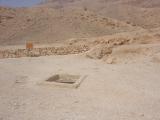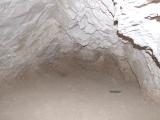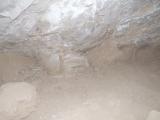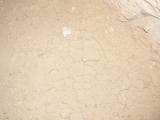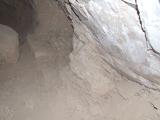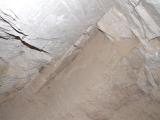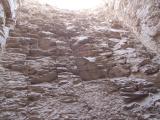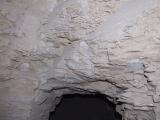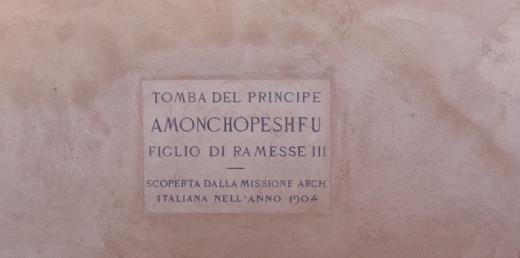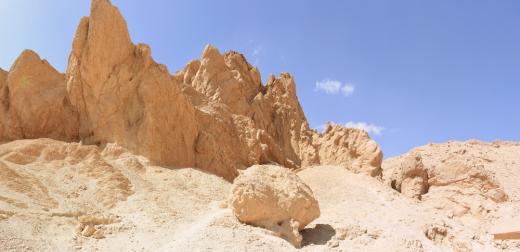QV 67
Anonymous*
About
About
Like most of its neighbors, QV 67 is a roughly-hewn shaft tomb with a single chamber. It lies on the north side of the main Wadi, adjacent to the entrances of QV 69 and Unknown 1. The shaft opening has a modern, cemented brick surround and a metal grill.
At the time of her visit, Elizabeth Thomas (1959-60) mentions that this tomb was partially filled but still visible. The Franco-Egyptian team cleared the tomb in 1987-88. The associated mission reports confuse QV 67 with QV 69, which can easily be distinguished because it is described as having five chambers. The tomb has been dated to the 18th Dynasty.
Site History
The tomb was constructed in the 18th Dynasty.
Dating
This site was used during the following period(s):
Exploration
Conservation
Site Condition
According to the GCI-SCA, the single chamber is in relatively good condition, despite the presence of fractures and areas of deteriorated, loose rock. One wall has active rock loss along a joint plane at the base of the wall. The rock above was previously lost along the same plane, either at the time of excavation or subsequently. Some large open fractures have substantial salt or gypsum infill, but no signs of efflorescence on rock surfaces were noted. The roof structure appears relatively shallow and may be prone to collapse. The presence of mud on walls and part of the ceiling, cracked mud on the floor, and a band of brown stain at the base of the walls indicate that the tomb has flooded. Evidence of biological activity includes wasps nests, large spiders and webs, and bat droppings. Water infiltration is the primary cause of rock deterioration and loss. However, there seems to be minimal loss since the 1987-88 clearing of the tomb, since no fresh losses were noted.


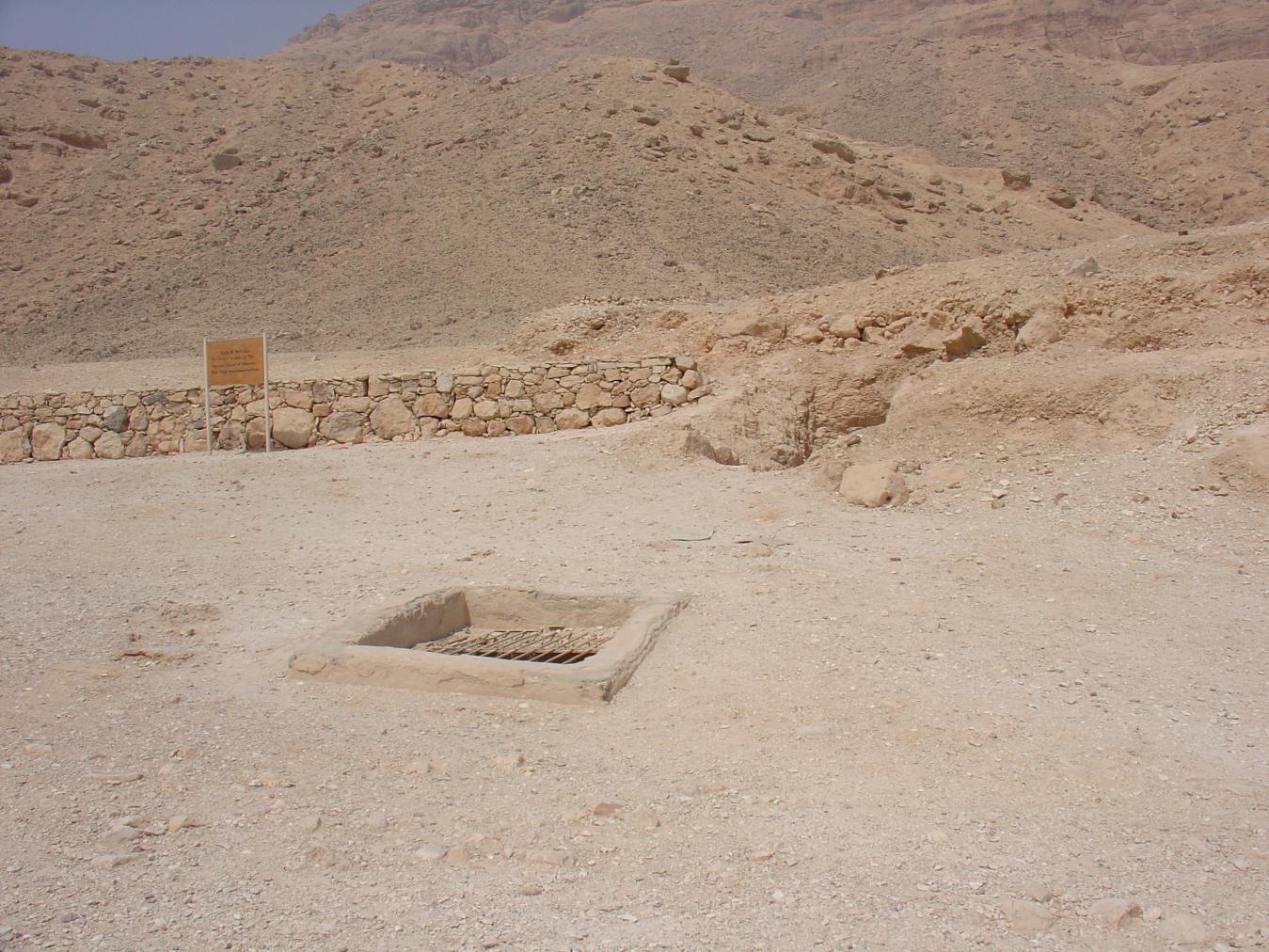
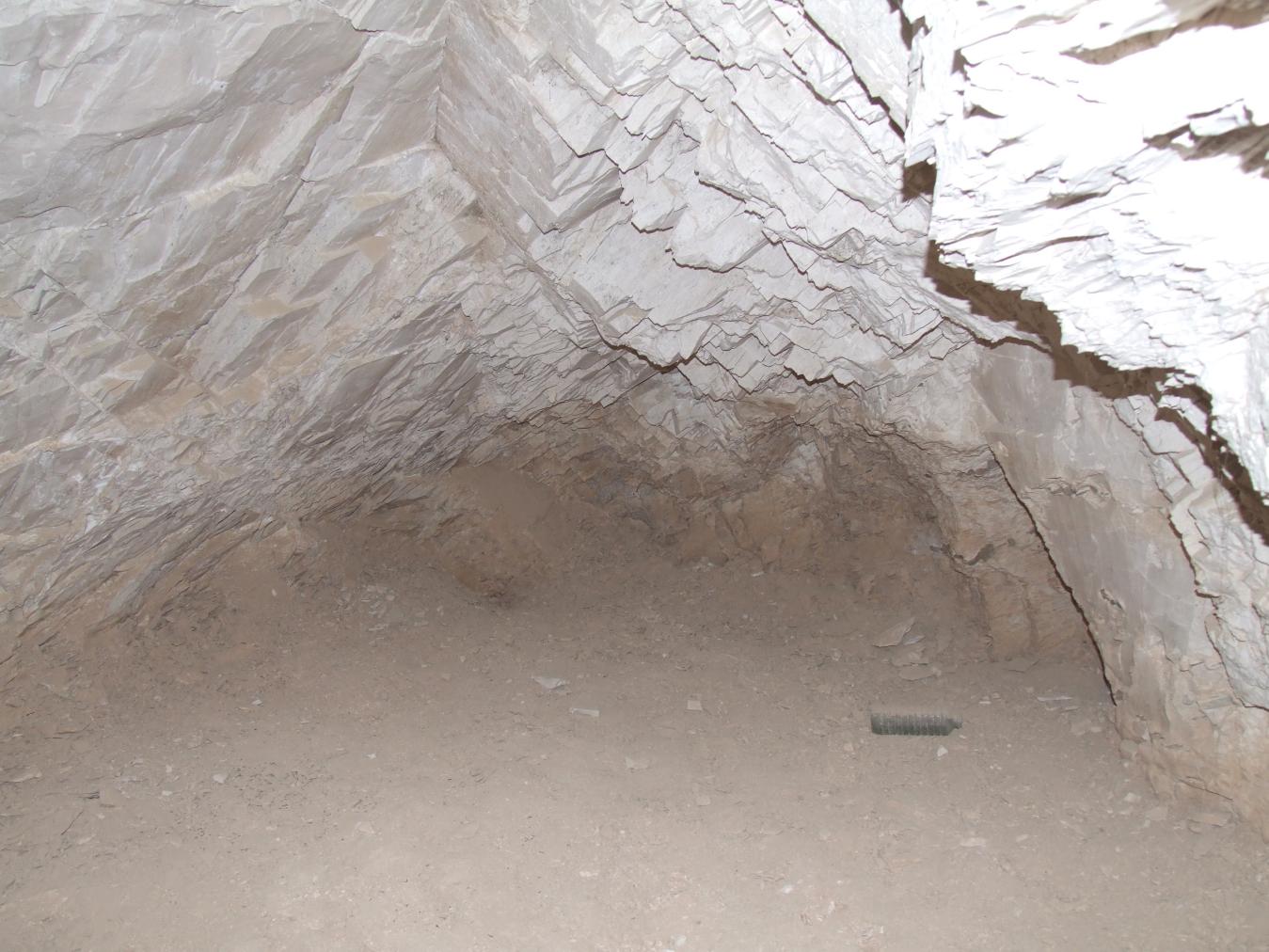
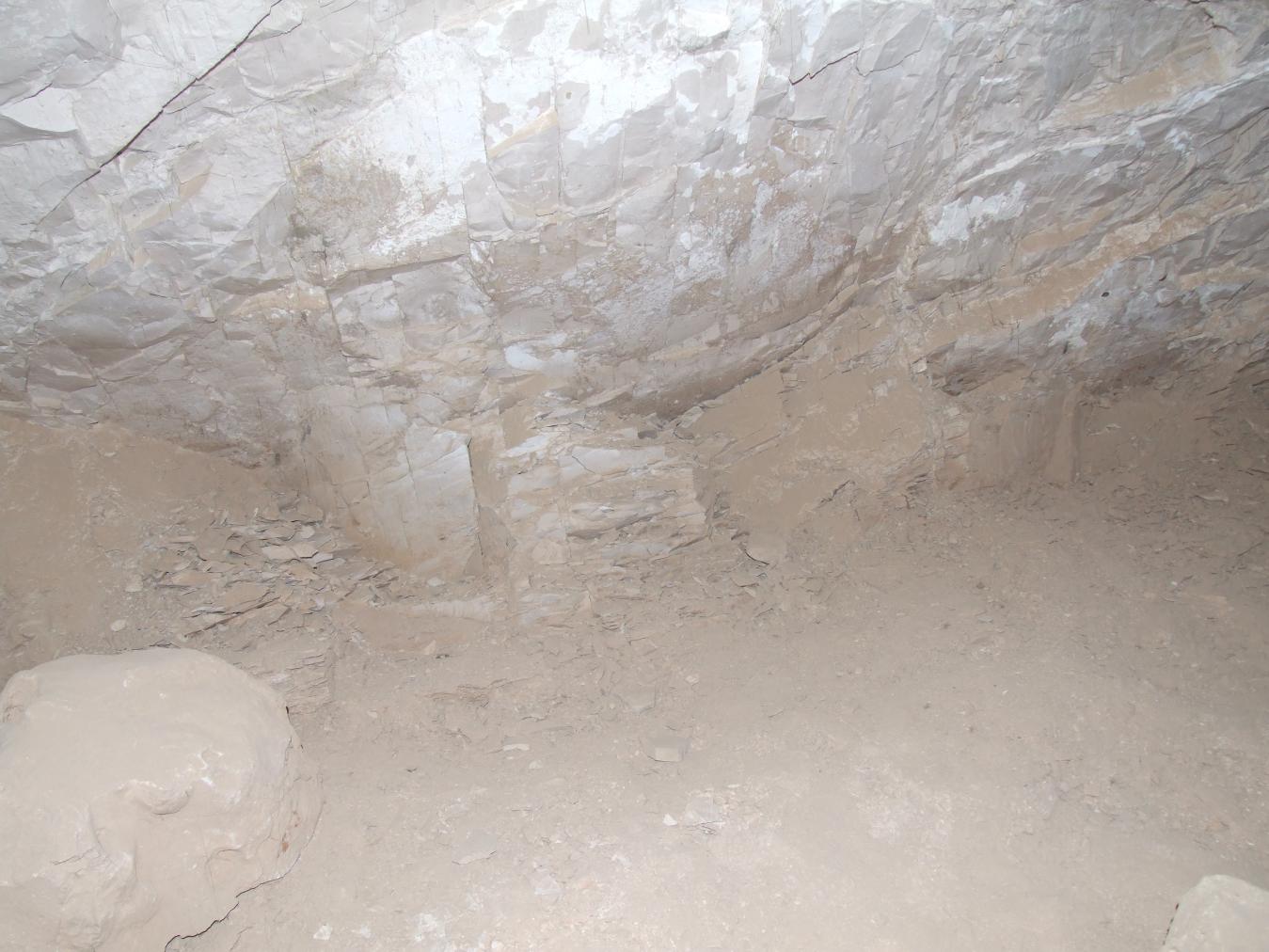
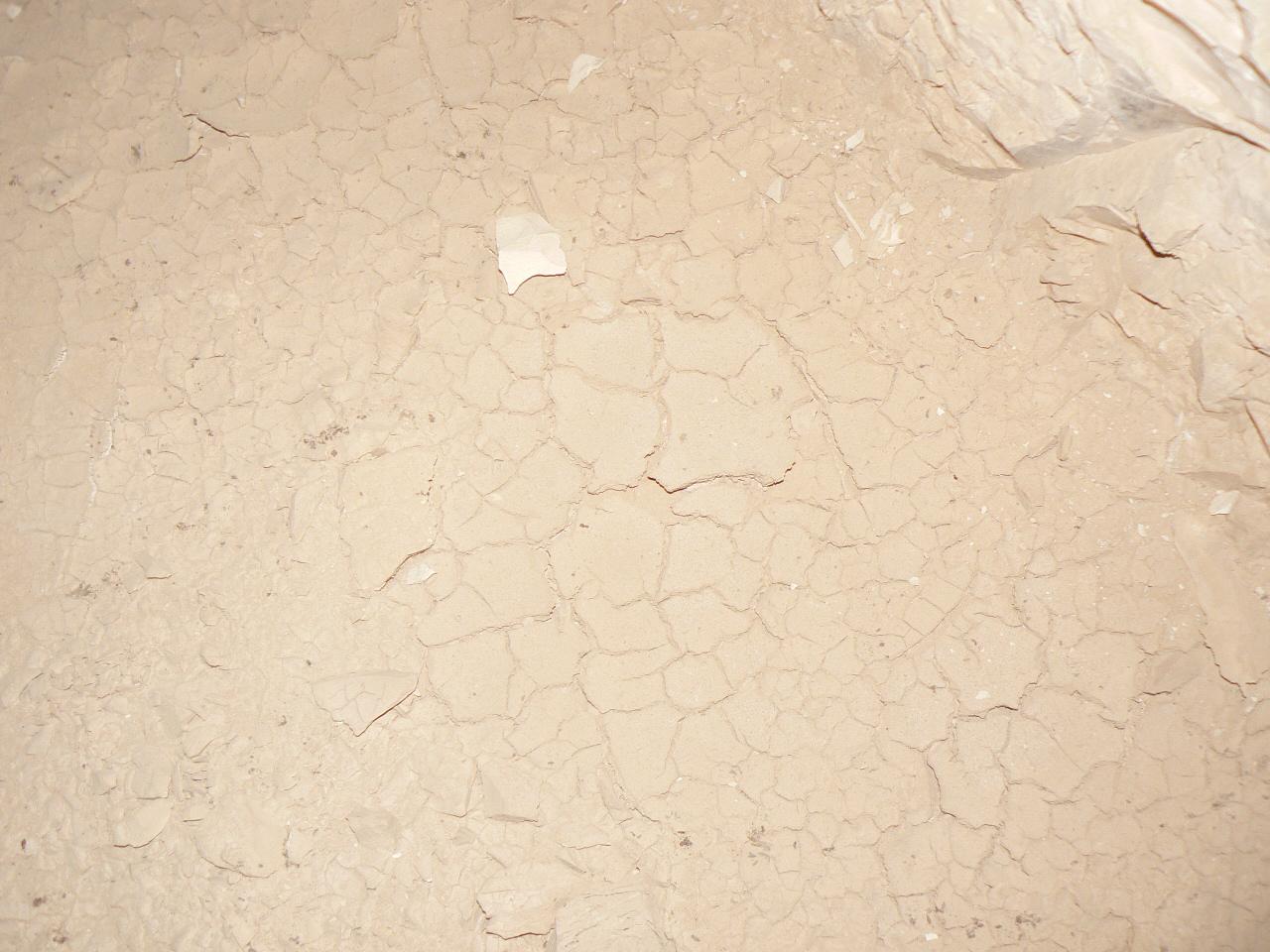
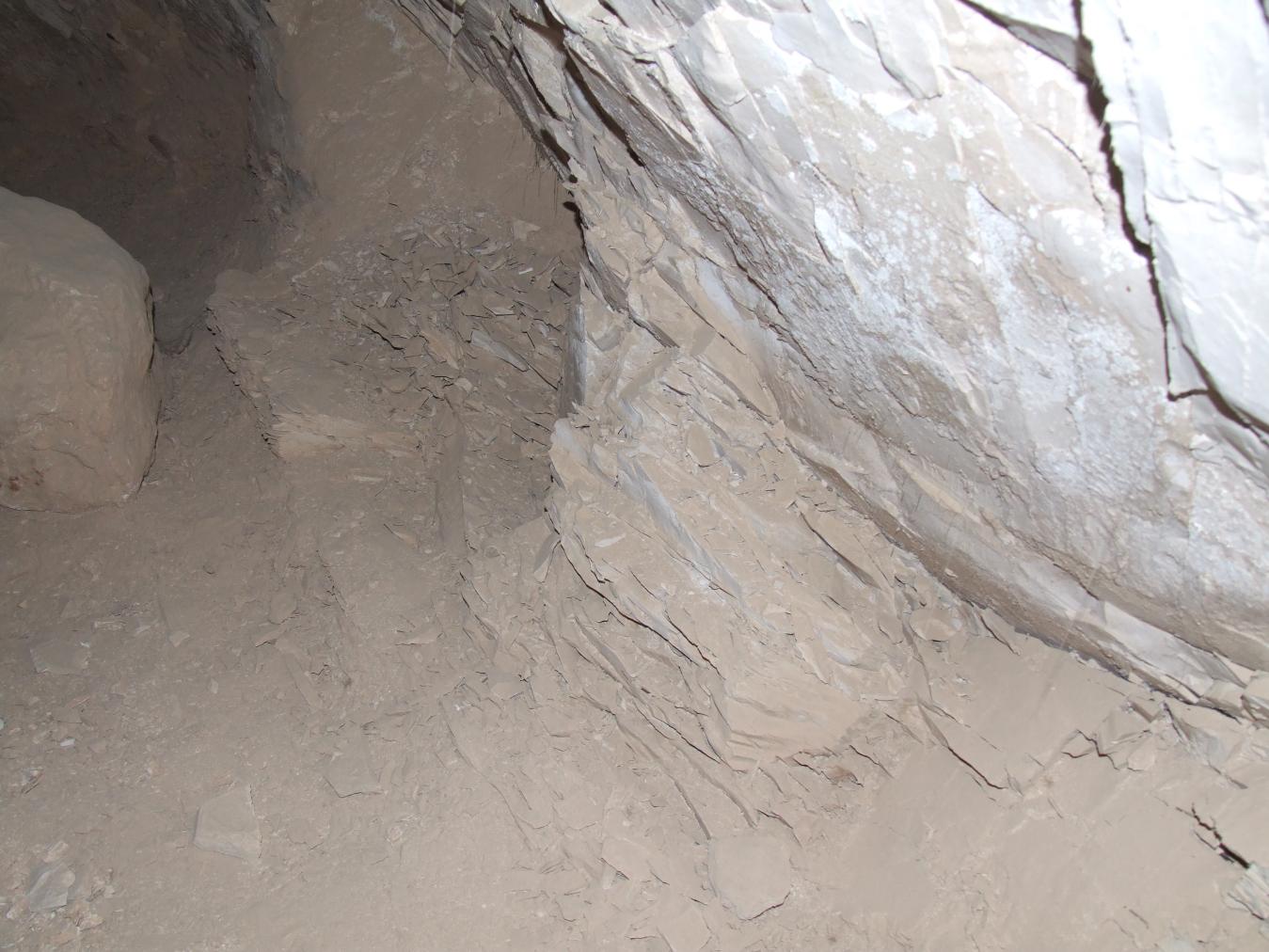
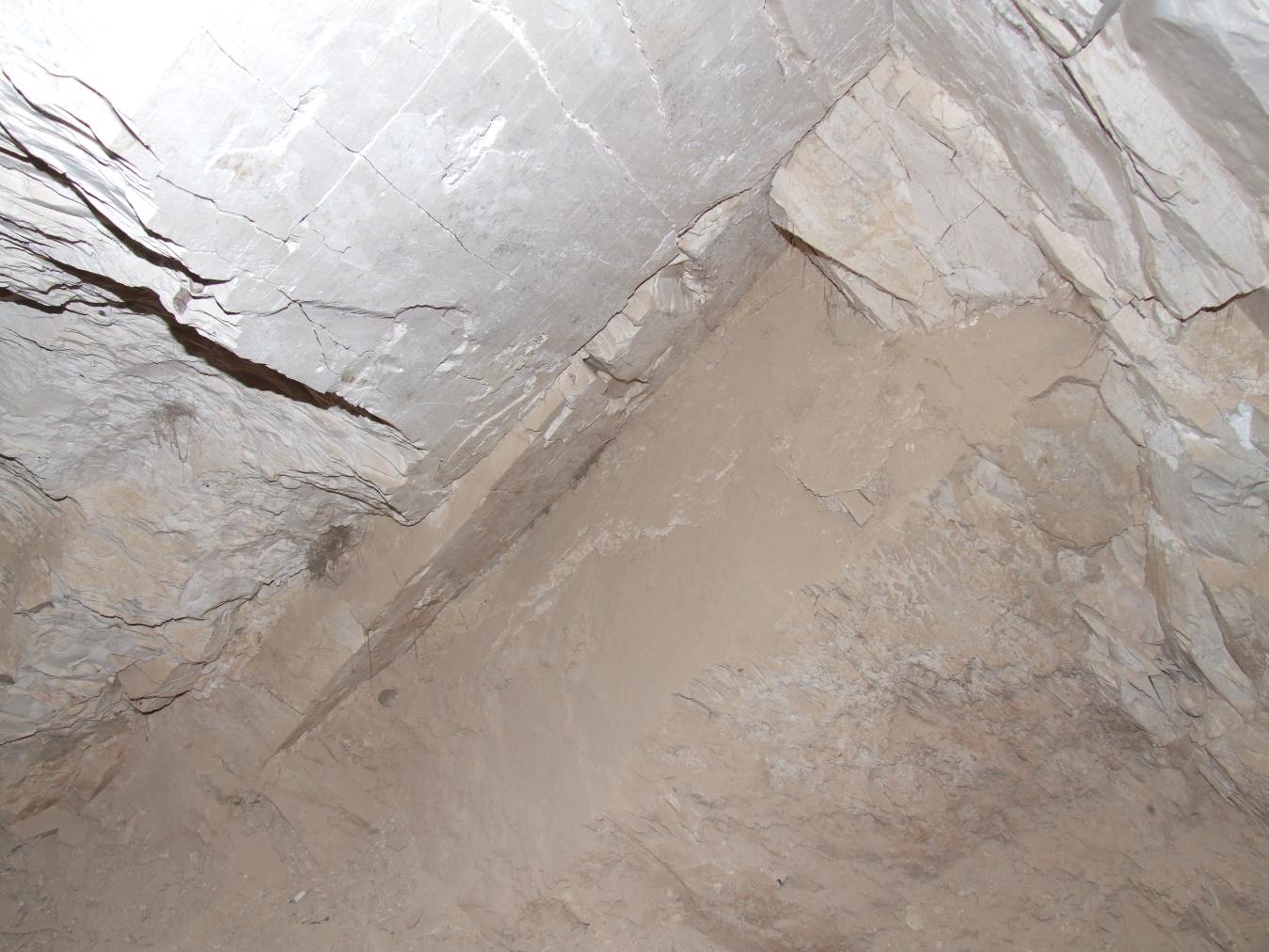
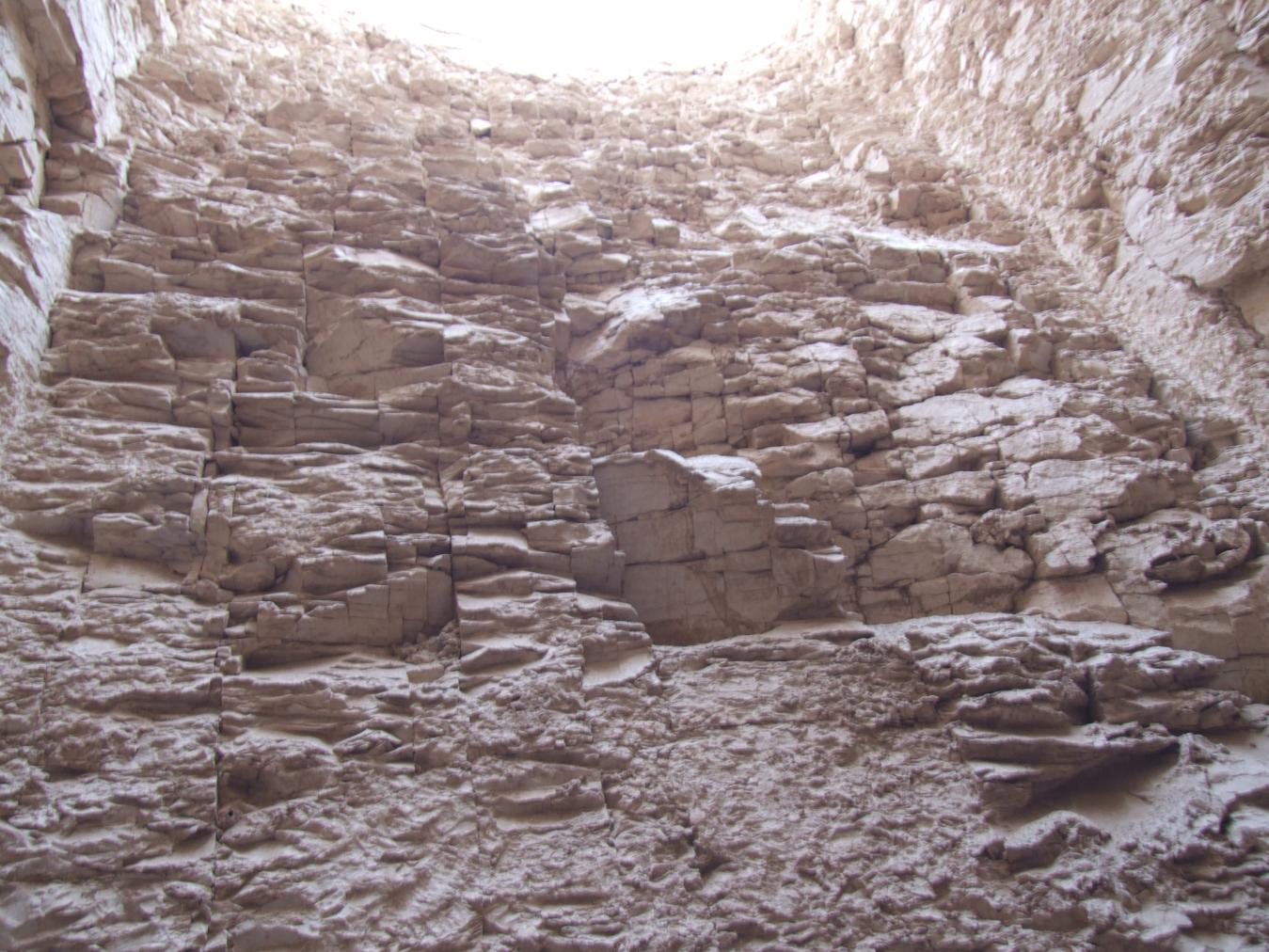
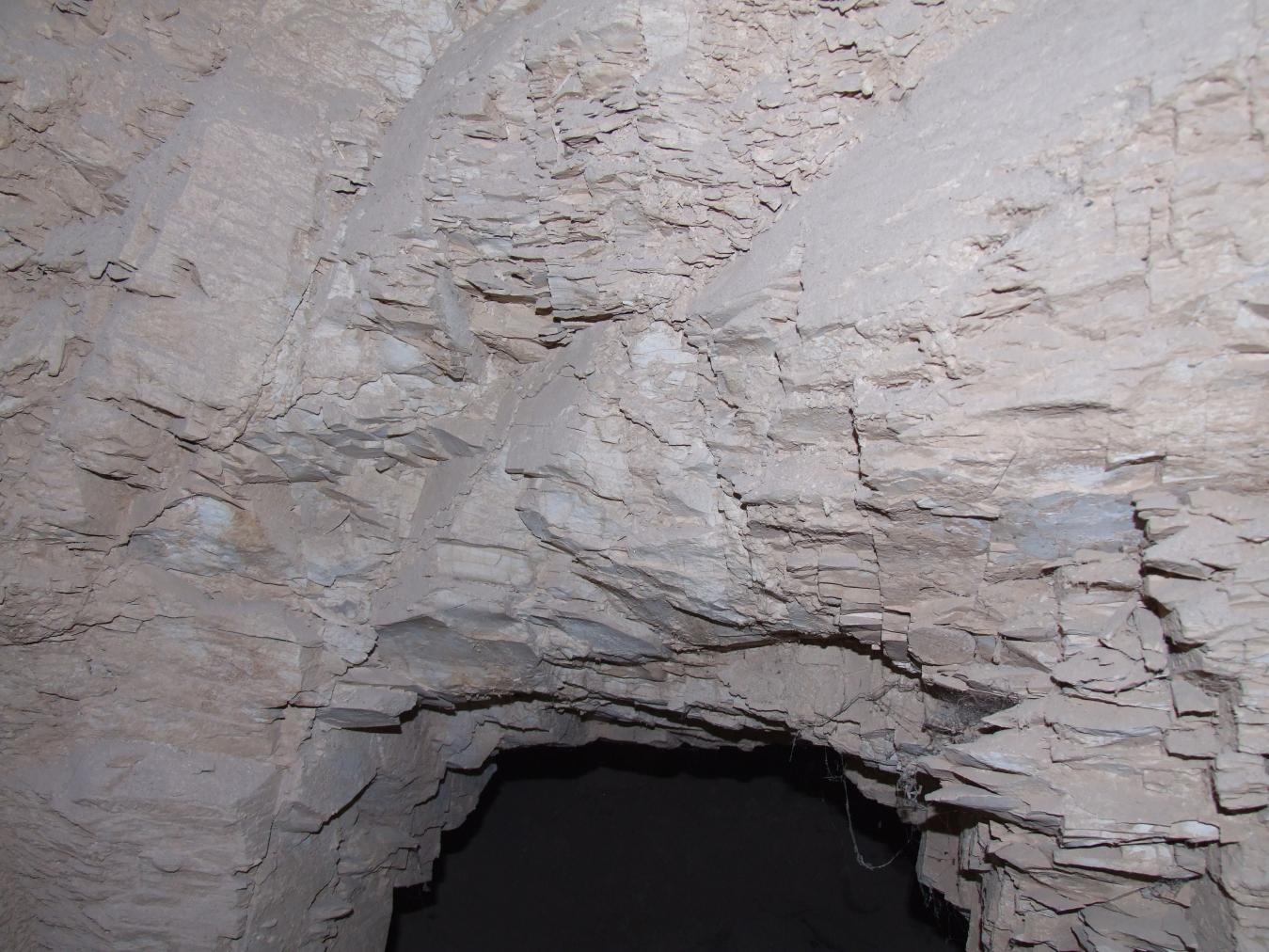
Articles
Tomb Numbering Systems in the Valley of the Queens and the Western Wadis
Geography and Geology of the Valley of the Queens and Western Wadis
Bibliography
CNRS mission report: Centre national de la recherche scientifique (France). Rapport d'activité 1987-1988 URA no. 1064, 1987-1988.
Demas, Martha and Neville Agnew (eds). Valley of the Queens. Assessment Report. Los Angeles: The Getty Conservation Institute, 2012, 2016. Two vols.
Thomas, Elizabeth. The Royal Necropoleis of Thebes. Princeton: privately printed, 1966.



